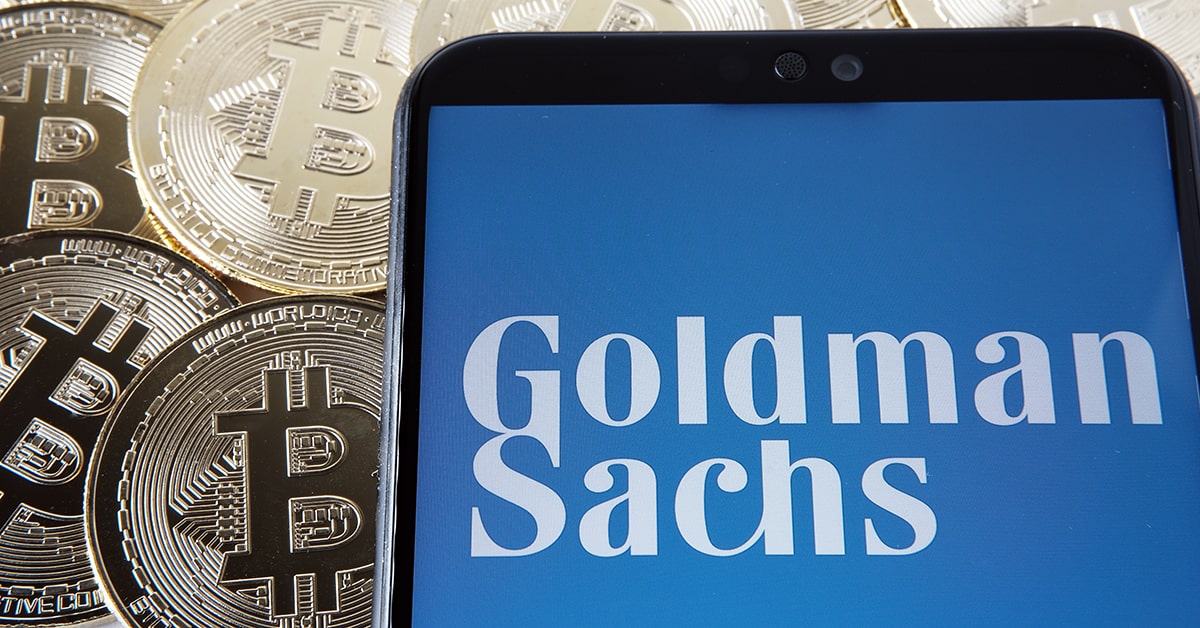According to the bank’s internal projections, Marcus will lose more than $1.2 billion in 2022.

Goldman Sachs’ beleaguered consumer digital banking offering, Marcus, had a credit card loss rate of 2.93% in the second quarter, which is the worst among big US card issuers. It is also the latest setback to befall Goldman’s first venture away from investment banking.
According to the bank’s internal projections, Marcus will lose more than $1.2 billion in 2022, the year it initially told analysts that Marcus (launched in 2016) would break even. While Marcus attracted an impressive 14 million customers with more than $100 billion in deposits, Goldman Sachs has spent $5 billion on it. So, it is beginning to look like a money pit rather than a safe port to help diversify revenue streams.
Marcus also saw a high turnover of senior staff and stalled product rollouts, and it’s being investigated by the US consumer finance regulator on how it manages its credit card business. Moreover, Goldman’s tie-in with Apple Card means it approves credit card loans to people in the subprime lending category.
Investment banking and trading remain Goldman Sachs’s core and most profitable business units, accounting for almost two-thirds of revenue in 2021. Still, CEO David Solomon is keen to reduce Goldman’s reliance on volatile trading and investment banking revenue.
Goldman Sachs transaction banking (TxB), launched in June 2020, fared much better. It will soon be rolled out in the EU following successful launches first in the US, and then the UK. To date, TxB attracted more than 400 clients, accepted over $65 billion in deposits and processed trillions of dollars through its systems.
As Goldman Sachs continues its pivot from an investment bank, transaction banking seems to be a more natural fit that plays to its strengths in capital markets, transaction advisory, financing and trading services.
That said, Goldman Sachs has extremely deep pockets, so it can sustain losses and is in a much better position than most challenger banks to crack the competitive consumer banking market.



